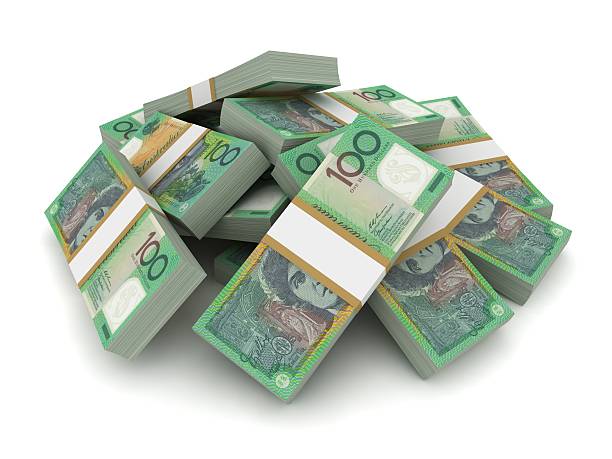The Australian Dollar took a hit after the RBA paused in its tightening of monetary policy following a 25 basis point lift last month to leave the cash rate at 4.10%. The ASX 200 got a boost on the news. The move appeared to have the echo of a similar stance by the US Federal Reserve at its June meeting with a ‘hawkish hold’ perspective. In the accompanying statement on monetary policy, the RBA said, “Some further tightening of monetary policy may be required to ensure that inflation returns to target in a reasonable timeframe, but that will depend upon how the economy and inflation evolve.” Going into today’s decision, the futures interest rate market priced in a less than 20% probability of a hike while a Bloomberg survey of economists saw 14 in favors of a pause and 13 looking for a lift. That uncertainty could be explained by mixed signals from both the RBA and the economic data. At the June meeting, the minutes hinted toward holding rates steady for today’s gathering. Consequent commentary from RBA board members lent a more hawkish voice to their outlook. The monthly inflation gauge slipped below forecasts of 6.1% to be at 5.6% year-on-year to the end of May.

This Monthly Read Was Introduced.
last year and is struggling for integrity in terms of identifying the true level of price pressures within the Australian economy. The Australian Bureau of Statistics (ABS) publishes this monthly CPI figure by covering 62-73% of the weighted quarterly basket. The correlation between this monthly figure and the complete quarterly survey could be described, at best, as volatile. At worst it could be considered useless In the aftermath of that soft monthly CPI number, retail sales came in strong at 0.7% month-on-month for May rather than the 0.1% anticipated. Then Australian building approvals data for May rose by an astounding 20.6% month-on-month, well above the 3.0% anticipated and -8.1% prior. The current unemployment rate of 3.6% is near multi-generational lows Looking forward, this now places the emphasis on the quarterly CPI figure that will be published on the 26th of July, a week ahead of the August monetary policy meeting. The RBA’s mandate to target inflation of 2–3%, on average, over time, is tied to this number and not the monthly CPI. If the quarterly CPI remains elevated, it may provide a headache for the RBA that is cognizant of mortgage borrowers transitioning from fixed rate loans to much higher variable rates. If price pressures have eased notably, there will likely be a sigh of relief at the top of Martin Place. The RBA’s full monetary policy statement can be read here. AUD/USD 1 MINUTE CHART PRICE REACTION TO RBA HIKE

